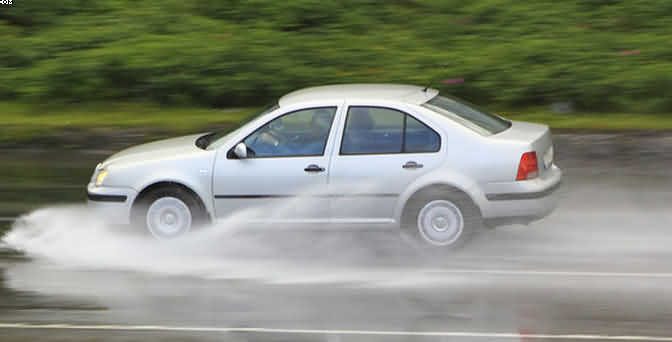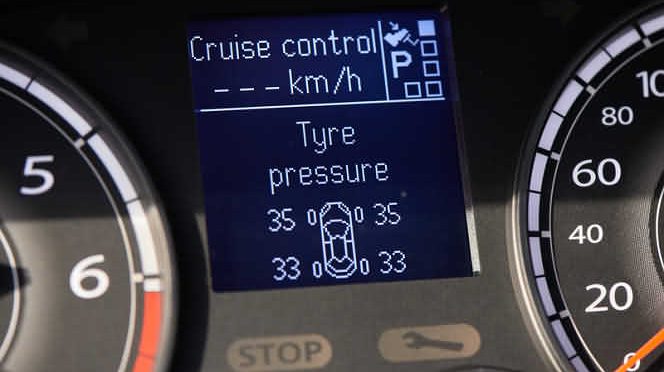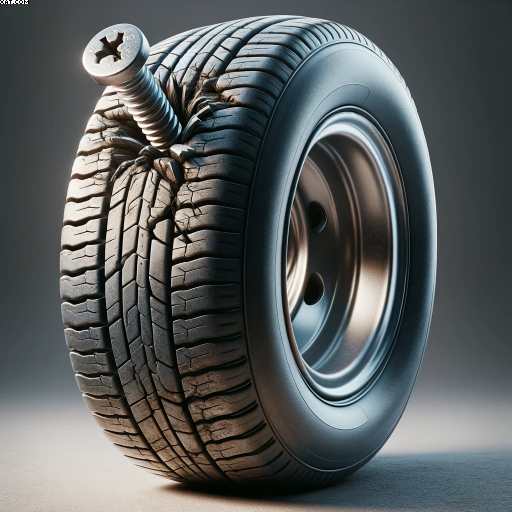Table of Contents
Why good tread depth on your tyres is important http://t.co/Oq2cArSdHI
Another great video from TireSafe.
TyreSafe Aquaplaning Film

TyreSafe Aquaplaning Film
Aquaplaning is a tyre term from the past
I first heard the word “aquaplaning” in recent times. So, it took me right back to the seventies. This word became the buzzword among tyre manufacturers. As the battle for tyre sales dominance took place,. Of course, between the large tyre makers of the time. Namely, Goodyear and Michelin, with Dunlop not too far behind.
I’m not sure if the tyre manufacturers invented that word. However, I can remember that half of the Tyre Kingdom found it difficult to spell the word? Tyres were beginning to get more sophisticated in the late 1970s. So, to keep up with speeds that cars were then able to do.
The new radial tyres were doing better than ever, with increasing mileage
Especially coming from Michelin. Goodyear tyres were not far behind and in my opinion they had an edge on advertising their tyre products, a sort of Americanism.
Their tyre advertisements were brash and in your face and included new technical terms such as aquaplaning , often using race car characters and stars such as Sterling Moss, the famous racing driver.
Goodyear were also at the forefront of offering tyres to be used in motorsport; this was also the tactic of Michelin and Pirelli and is still carried on to this day. I can also remember Jackie Stewart extolling the virtues of the Goodyear NCT tyre.
Aquaplaning is also known as hydroplaning
and occurs when the water between the road surface and your tyres cannot be removed fast enough. This layer of water builds up at front end of the tyres and then the pressure of the water becomes much stronger than the pressure of the tyre on the road, The result is that the tyres lose contact with the road surface.
This loss of traction causes the wheels to slip and prevents the car from responding to steering, braking or accelerating. As a result, it is very likely that your car will go out of control, start to skid or spin. It is a very, very dangerous situation to find yourself in.
This is why new tread designs
were a top priority for the tyre makers; they knew that they were on to a winner if they made a tyre that would cope with aquaplaning and make driving a safer experience.
Tyres with a good tread can cope far better than tyres with little or no tread, but in deep water, even new tyres will start to aquaplane if care is not taken.
In 1974, Sir Robert Mark worked with Goodyear on some TV and newspaper advertising, saying, “I believe Goodyear tyres make a major contribution to road safety.”
The tyre in question was the Goodyear Grand Prix S.
This was perhaps the first time that I had heard the word “aquaplaning,” and it became more relevant in the battle to sell more tyres.
Pellon Tyre and Auto-Centre offer car and van servicing and repairs to all makes of vehicles.
- Winters Tyres Compared to Summers
- Worn Dunlop winter tyres
- Winter tyres are safer on Porsche
- Tyre Rack Tyre Test
- Wheel Alignment Halifax



